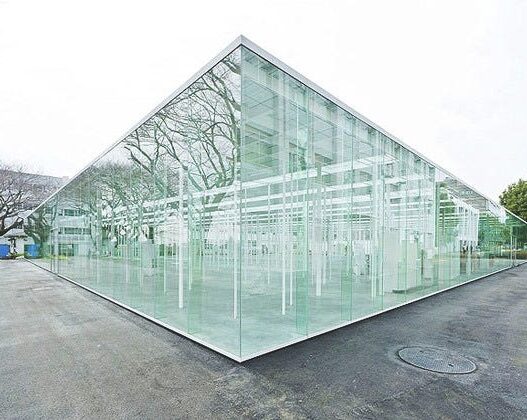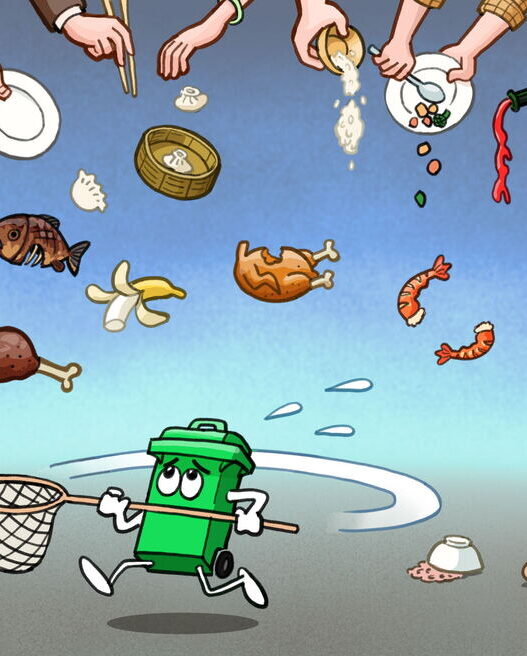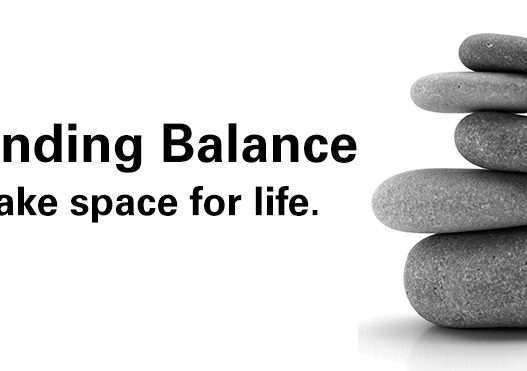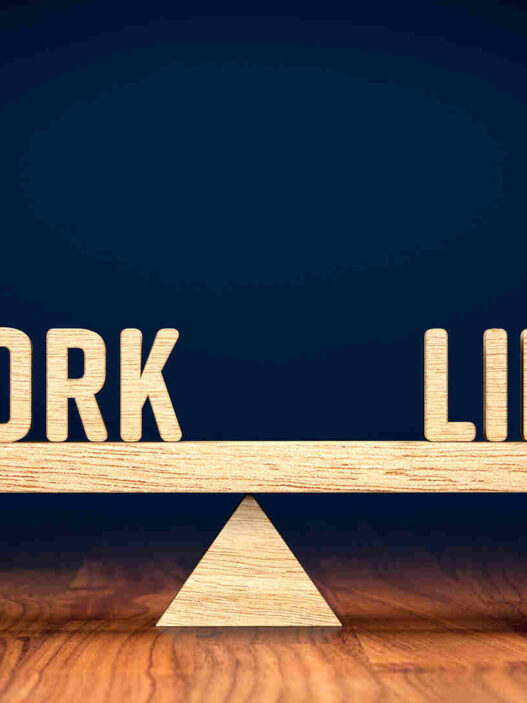In a society driven by productivity and responsibilities, the concept of playfulness in adulthood often fades into the background, relegated to the domain of children or occasional leisure. Yet, the essence of play—creativity, spontaneity, and joy—has profound implications for adults. From enhancing relationships to boosting mental health and creativity, playfulness is an undervalued yet transformative force in modern life. This blog explores the forgotten role of playfulness in adult life, emerging trends in integrating play into daily routines, and actionable insights to rekindle your playful spirit.
What Does Playfulness Mean for Adults?
Playfulness in adulthood doesn’t mean shirking responsibilities or engaging in frivolous activities. It is a mindset—a willingness to approach situations with curiosity, humor, and an openness to joy. It’s about finding delight in the mundane, improvising solutions creatively, and viewing challenges with a lighthearted perspective.
Contrary to stereotypes, adults who embrace playfulness are not immature or unserious. Instead, they demonstrate emotional resilience, creativity, and an enhanced ability to navigate life’s complexities.
Why Playfulness Fades with Age
Several factors contribute to the erosion of playfulness as we grow older:
- Cultural Expectations: Adulthood is often associated with seriousness and responsibility, leaving little room for play.
- Workplace Pressures: The focus on productivity and performance can stifle creative exploration and fun.
- Self-Consciousness: Fear of judgment or appearing “childish” often prevents adults from embracing playful behaviors.
- Time Constraints: Packed schedules and obligations deprioritize unstructured, joyful activities.
This cultural narrative that equates adulthood with rigidity undermines the profound benefits of maintaining a playful outlook.

The Emerging Trend: Playfulness in Wellness and Innovation
Recent years have witnessed a subtle shift in how playfulness is being reintroduced into adult life. From mindfulness practices that emphasize childlike curiosity to the incorporation of gamification in workplaces, play is finding its way back into the adult sphere.
- Play Therapy for Adults: Therapeutic approaches, such as art therapy or improv workshops, are gaining popularity for their ability to reduce stress and build self-awareness.
- Workplace Play: Forward-thinking companies like Google and IDEO design playful environments to foster innovation, collaboration, and employee satisfaction.
- Play-Based Fitness: Trends like “adult playgrounds” and playful exercise routines such as dance-based workouts or parkour are making fitness enjoyable.
- Social Play Events: Groups focused on board games, scavenger hunts, or themed escape rooms are redefining social interactions for adults.
These trends reflect a growing recognition of play’s importance beyond childhood.
The Neuroscience of Play: Why It Matters for Adults
Play activates multiple regions of the brain, enhancing cognitive flexibility, emotional regulation, and problem-solving skills. Neuroscientists have linked playfulness to improved brain function, including:
- Creativity and Innovation: Play stimulates the prefrontal cortex, fostering out-of-the-box thinking and improvisation.
- Stress Reduction: Engaging in playful activities lowers cortisol levels, improving mood and resilience.
- Social Bonding: Laughter and shared playful experiences release oxytocin, strengthening relationships and trust.
- Learning and Adaptability: Play encourages risk-free experimentation, enabling adults to adapt to change more effectively.
Incorporating play into daily life is not just enjoyable—it’s essential for mental and emotional well-being.
How to Rediscover Playfulness in Adulthood
Reclaiming playfulness doesn’t require a drastic overhaul of your lifestyle. Instead, it involves subtle shifts in mindset and behavior. Here are practical ways to rekindle your playful spirit:
- Reframe Mundane Tasks: Approach everyday activities like cooking or commuting as opportunities for creativity and fun. Try new recipes or create playlists for your journey.
- Engage in Playful Hobbies: Pick up hobbies that encourage exploration and spontaneity, such as painting, gardening, or playing an instrument.
- Experiment with Improvisation: Attend improv classes or engage in storytelling games to build your confidence and spark laughter.
- Incorporate Humor: Find humor in daily interactions and share lighthearted moments with others.
- Play with Others: Organize game nights, participate in team sports, or attend social events that prioritize fun over competition.
- Prioritize Unstructured Time: Block out time for activities that have no goal other than enjoyment. Allow yourself to “waste” time on things that bring joy.
The Link Between Playfulness and Relationships
Playfulness can transform relationships, whether romantic, platonic, or familial. Couples who engage in playful teasing and shared humor report higher satisfaction and stronger bonds. Similarly, playful interactions with friends and family members create lasting memories and reduce interpersonal tensions.
One emerging trend is “play-based therapy” for couples and families, which uses games and role-playing to resolve conflicts and enhance communication. These approaches highlight how play can act as a bridge to deeper connection.

Real-Life Examples: Playfulness in Action
- Tina’s Playful Workday: Tina, a software engineer, introduced “five-minute play breaks” during her team’s meetings, encouraging colleagues to solve puzzles or share a joke. This not only boosted morale but also improved problem-solving during brainstorming sessions.
- Mark’s Family Playtime: Mark, a busy parent, started hosting weekly “family improv nights.” By letting go of structure and laughing together, his family strengthened their bond and created new traditions.
- Sophia’s Solo Play: Sophia, a writer, began doodling for five minutes daily before writing. This playful ritual unlocked her creativity and reduced writer’s block.
These examples showcase how small, intentional acts of playfulness can have a ripple effect on life’s quality.
Breaking the Stigma Around Playfulness
To fully embrace playfulness, it’s essential to challenge societal stigmas that label playful adults as unproductive or immature. Here’s how we can collectively shift the narrative:
- Celebrate Playful Role Models: Highlight figures in leadership or creativity who embody a playful spirit, such as entrepreneurs or artists.
- Normalize Fun in Professional Settings: Encourage workplaces to integrate playfulness as a core value for collaboration and innovation.
- Educate on Benefits: Share research and stories that underscore the tangible advantages of maintaining a playful mindset.
When adults collectively embrace playfulness, it becomes a cultural norm rather than an exception.
Conclusion: Rediscovering the Joy of Playfulness
Playfulness is not a relic of childhood but a vital aspect of a fulfilling adult life. By integrating moments of joy, humor, and creativity into our routines, we can unlock untapped potential in our relationships, mental health, and personal growth.
In a world that often prioritizes seriousness and achievement, choosing play is a revolutionary act of self-care and connection. So, the next time you feel weighed down by the demands of adulthood, remember: life is a game meant to be played. Read more……
















